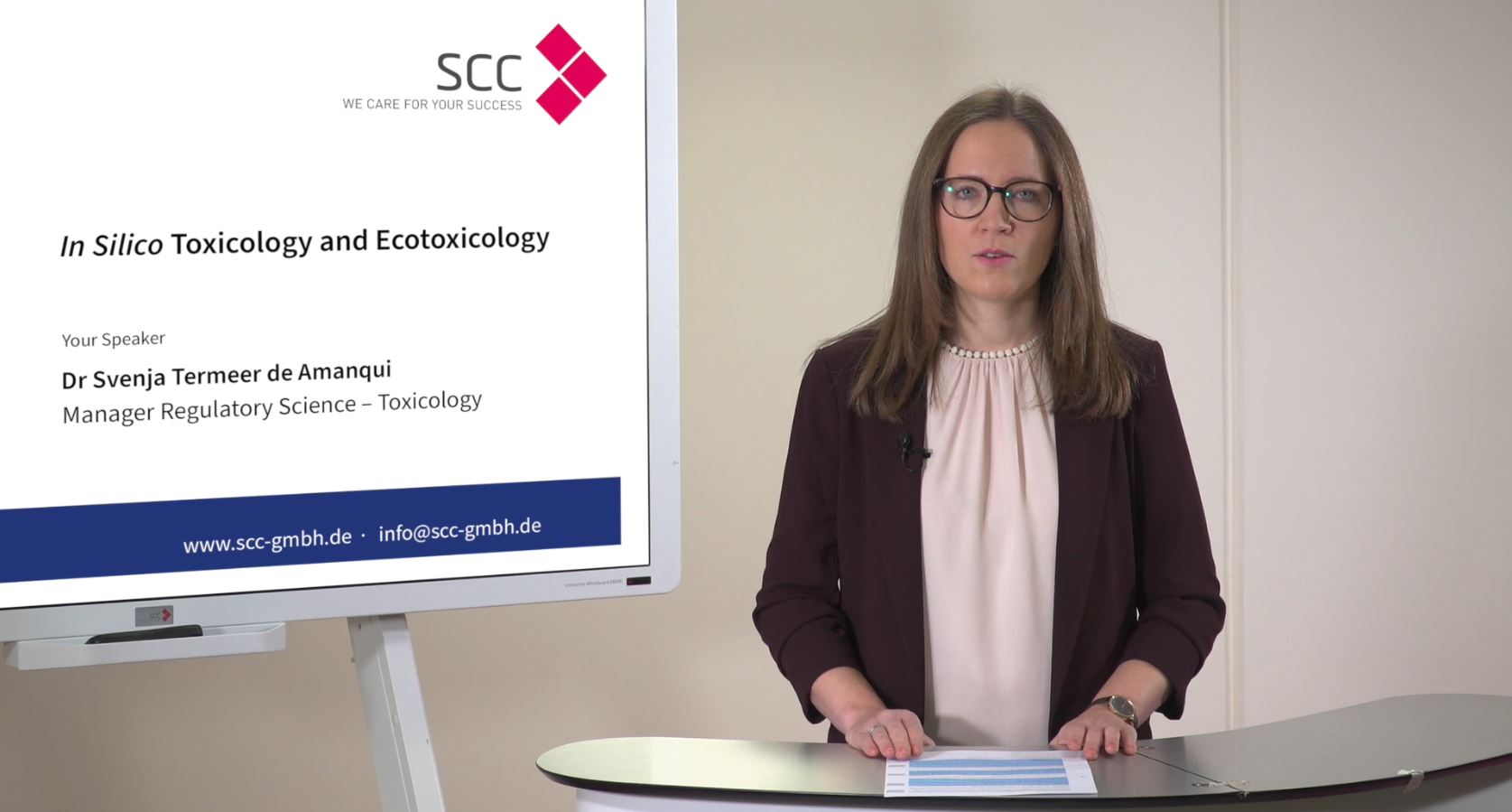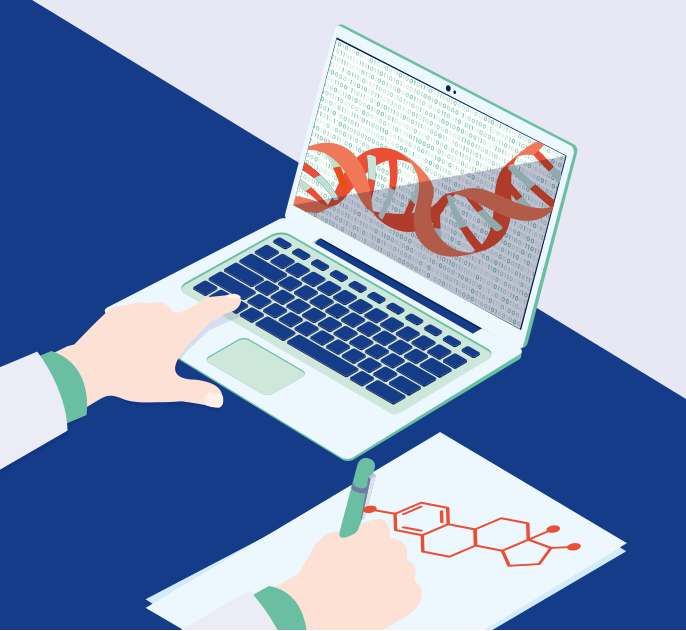Computational Chemistry: In Silico (Eco)toxicology
Computational testing methods are increasingly gaining in importance with raising awareness about high ethical and financial costs of in vivo testing and subsequent interest in reducing tests on animals to a minimum. Computational chemistry allows not only for grouping of chemicals, but also estimating and predicting the (eco)toxicity of compounds and model toxicodynamic and toxicokinetic properties.
In Silico Models
(Quantitative) structure-activity relationship ((Q)SAR) software tools are computational tools used to predict the activity, property and toxicity of new classes of compounds based on the knowledge of their chemical structure. SCC experts are skilled in generating in silico data and performing knowledge- and statistically-based QSAR models (e.g. Toxtree, Vega and U.S. EPA T.E.S.T) to fulfil regulatory hazard information requirements regarding metabolites and impurities.
We apply the OECD QSAR Toolbox for profiling and data-gap-filling, including read-across, and provide detailed descriptions of the models used to ensure the reliability and applicability domains of the model. Finally, our expert teams interpret and discuss the data in a weight of evidence (WoE) approach based on expert judgement.
Our Offer
We offer expert guidance in evaluating specific toxicity endpoints such as genotoxicity and endocrine disruption. For the latter, we use state-of-the-art models and databases to predict and evaluate effects on specific targets as receptors. Among them are:
- ToxCast Pathway Model Prediction
- Danish (Q)SAR Database
- Endocrine Disruptome
Please do not hesitate to contact us to learn how we can help you with your specific needs.




